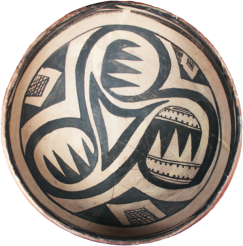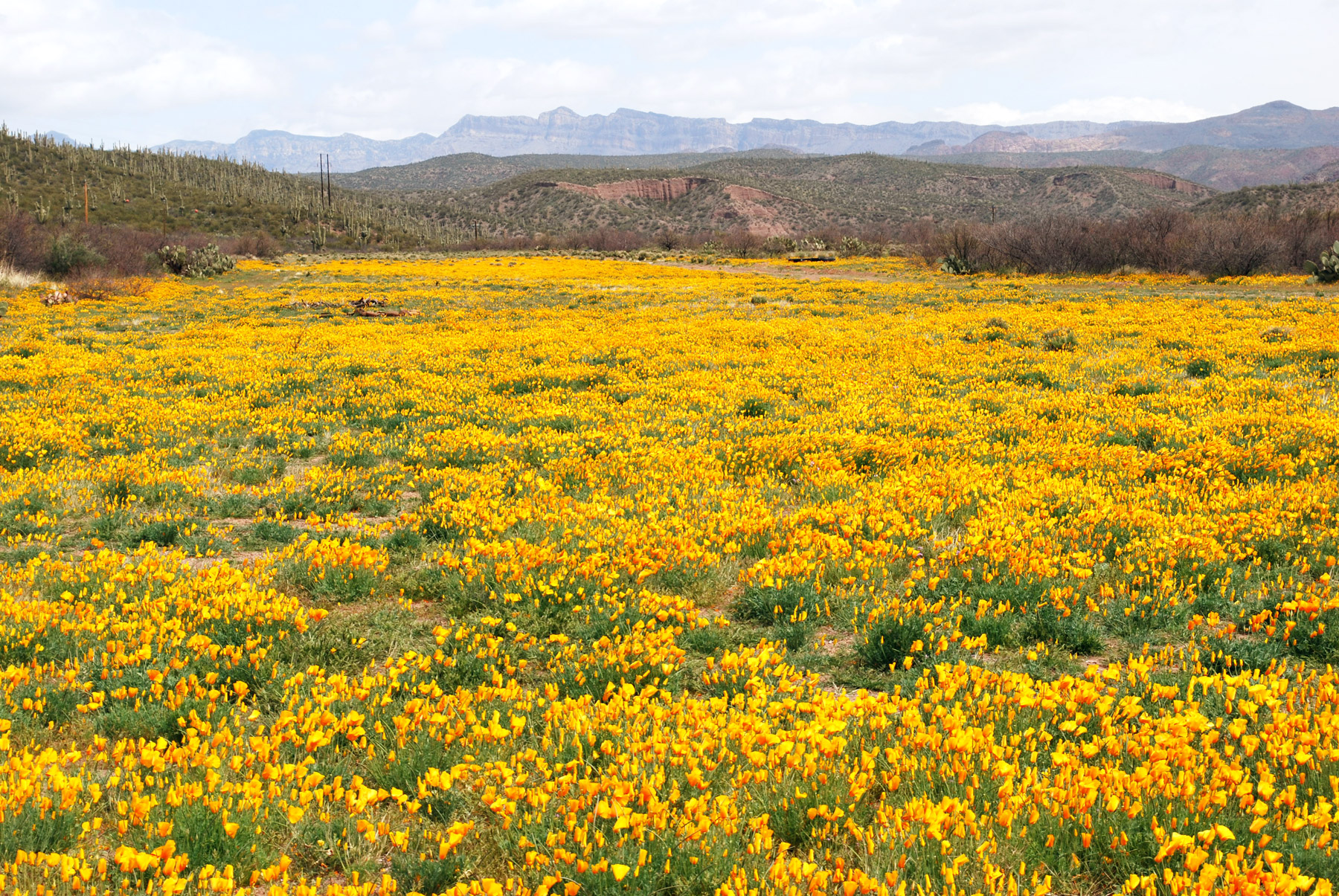
The last 15 years have seen a dramatic increase in archaeological understanding of precontact migration and the Salado “phenomenon” in the American Southwest. Join Drs. William Doelle and Jeffery Clark of Archaeology Southwest and other esteemed researchers at the forefront of these recent investigations for a tour of southern and central Arizona, where you will explore the effects of this “clash” of Hohokam and Ancestral Pueblo ideologies.
Within the adobe and cobble mound ruins of southern Arizona lies evidence for the struggle between two native religions with very different origins and organizations. One religion, with platform mounds as an integral part, developed in the densely populated Phoenix Basin, the center of the Hohokam archaeological culture. Another religion, at least partially expressed through symbols on Salado polychrome bowls and jars, developed within Ancestral Pueblo immigrant communities, and was rapidly adopted by many locals.
This tour will visit sites where both religions developed, including large platform mound villages in the Phoenix area and Ancestral Pueblo enclaves in southeastern Arizona. We will explore contested areas where the two religions overlapped, especially the well-preserved and scenic San Pedro valley.
Hopi anthropologist and educator Lyle J. Balenquah will give tour participants an additional perspective of the voice of the Kayenta immigrants throughout the tour. You will also visit special museum collections that have been pivotal to new research. Immersive site tours will be led by local archaeological experts and members of descendant Native American communities who will provide alternative views sure to lead to lively discussions.
